My DIY antennae are always in full sensory mode, especially at the start of fall. I love the challenge that the holidays bring as each year, I find myself aiming to turn up each project just a few more notches from the previous year. So now that Halloween is just around the corner, I am ready for the ghoulish and the macabre. When I spotted a pair of candlestick holders, casted from plaster, via the one and only Martha Stewart, I knew I had to recreate them. But not without adding my own little twist, of course. It was my first attempt at casting using plaster and I must say, it’s one of the most satisfying processes. A piece of advice before starting: embrace the imperfections, which are bound to happen, especially if this is your first time casting. The flaws add to the feel of the candlestick holders. After all, they were dug up from 6 feet under . . .
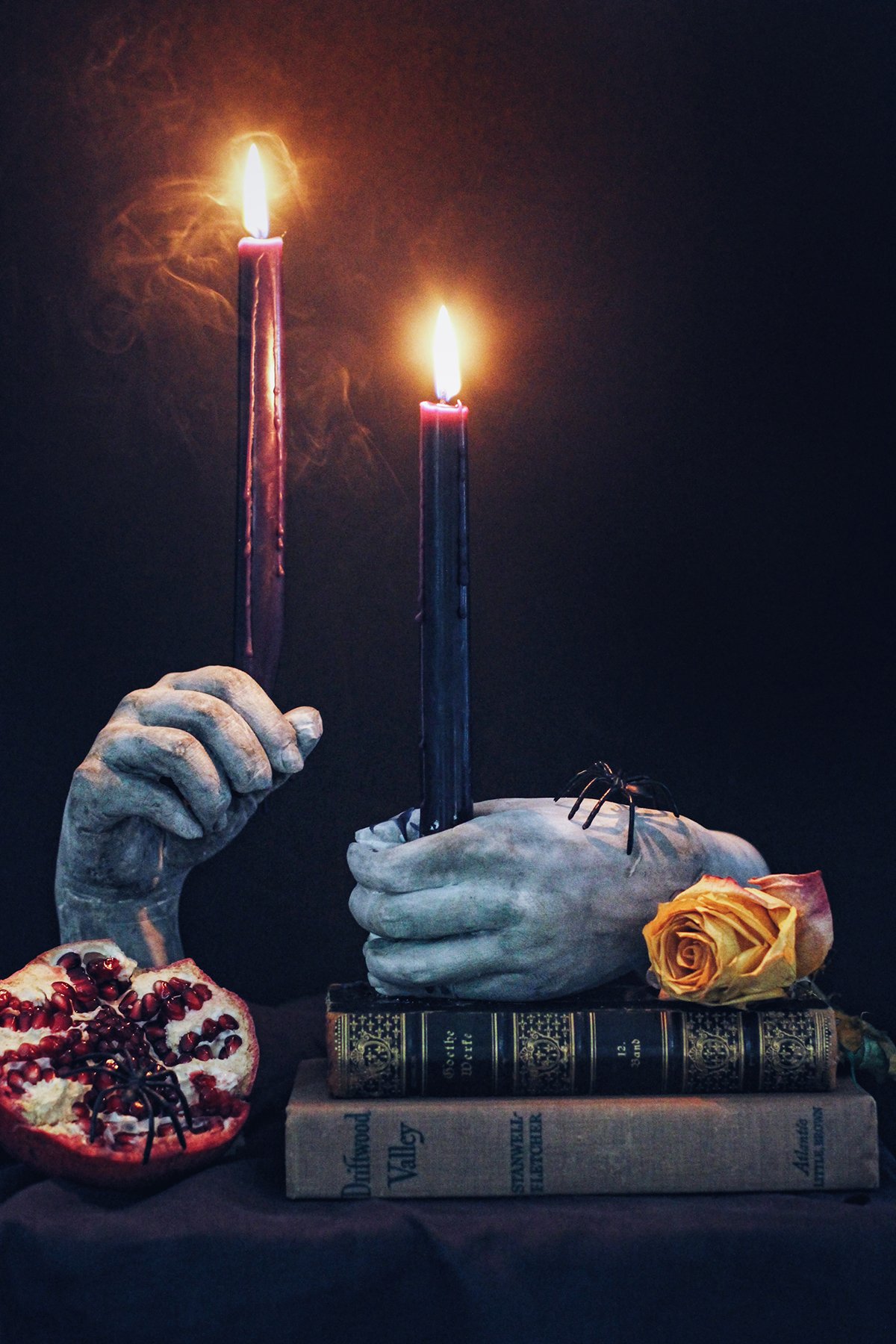
You’ll need:
Start by working on a covered surface, well ventilated area and close to a water source. You’ll be making quite a mess! Fill the pitcher with warm water. Make a fist and sink it to the bottom of the pitcher. Pour out any excess water so that the water level is at least an inch below the rim. Remove your arm and measure the water level. The ratio of water to alginate powder should be 1:1. Measure the same volume of powder and pour into the pitcher. Stir vigorously until it’s all mixed and most of the lumps are out.
You’ll want to work quickly once your alginate is mixed. It will start to set in a matter of minutes. Make a fist, pretending to hold a candlestick upright. Keep that arm position and insert your arm into the mixture. Keep as still as you can for 8-10 minutes. Slightly wiggle your fingers every few minutes. Once you’re not able to move your fingers and the top of the mixture feels hard to the touch with the other hand, the alginate is set.
Loosen your hand first by wiggling your fingers. Whatever you do, don’t yank your hand out. It will rip the mold. Once your fingers are wiggled loose, you can rotate your wrist and then your arm. Pull out gently. You’re mold is made!
Now it’s time to mix up the plaster. *** Please note: do NOT let the plaster mixture to touch your hands – it can severely burn your skin! The plaster mixture ratio is 2 parts plaster powder to 1 part cold water. I used about 3 quarts for two molds. Mix the plaster thoroughly with another wooden dowel. Again, work quickly as you have about 10 minutes before it begins to set.
Carefully about half a cup into the mold. Turn the mold at an angle so the plaster can reach the fingers in the mold. Continue to fill the mold. Pound the sides and bottom of the pitcher with force to rid of any air bubbles. Allow to set and dry overnight.
When you’re ready to remove the casting, bring the molds to a sink. Turn the pitcher over and because water will be released from the alginate overnight, it will slide right out. Dry it off with paper towels. Use your craft knife to help cut open the mold. Work carefully as you don’t want to break the plaster with any force.
Be especially careful around the fingers. Cut away at the mold, piece by piece. Don’t worry if some of the plaster doesn’t reach the tips of the fingers, it adds to the ghastly feel of the hands. Imperfections are a good thing in this case!
Let the cast hands dry overnight. Use find sandpaper to file away any excess pieces of plaster. Test the candles for fit and if the openings of the fingers are too small, you can use a course file to open up the space. Dilute a very small amount of gouache with water. Brush it over the hands to stain them.
And that the end, folks!
(images by HonestlyYUM)


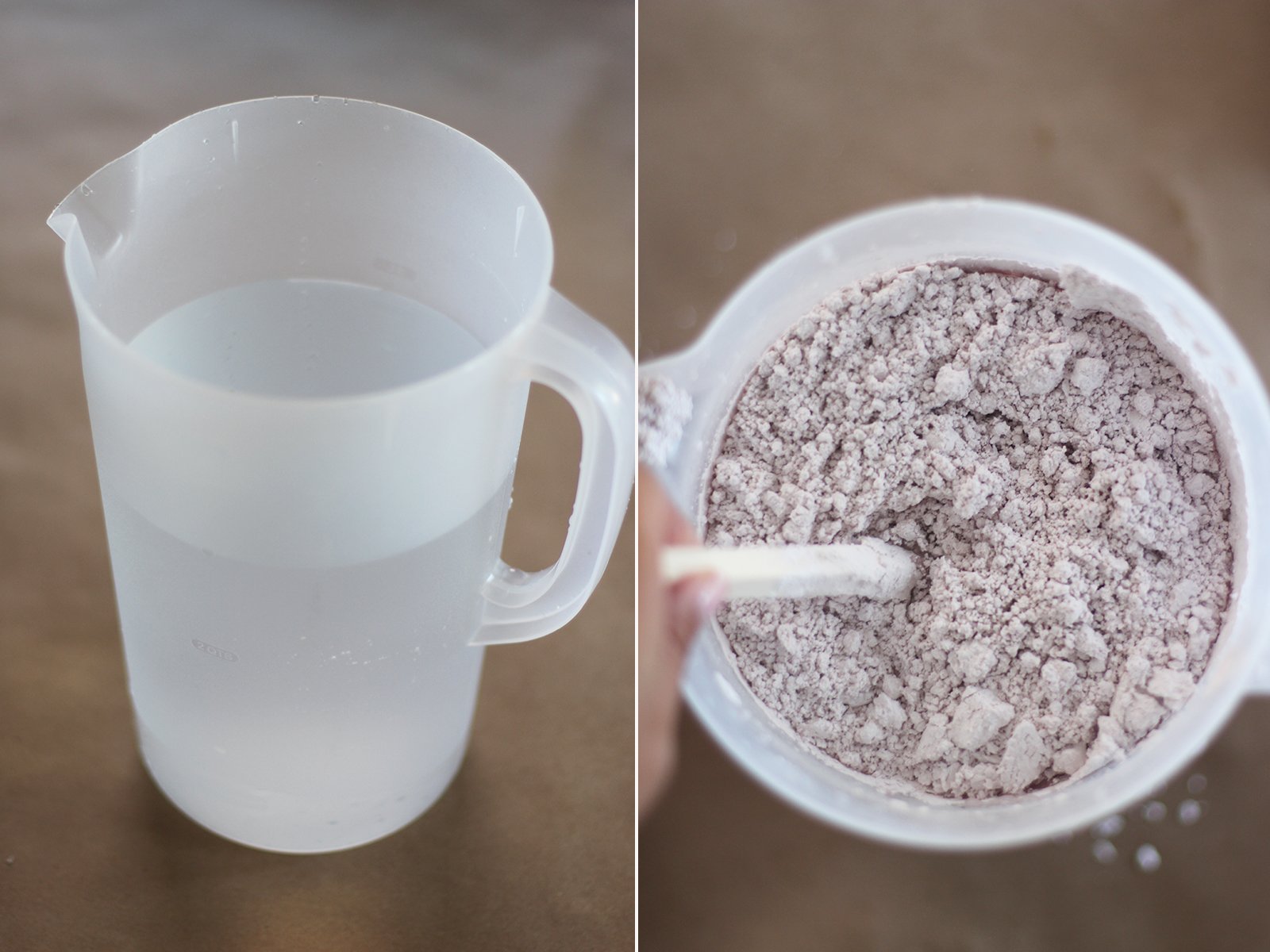
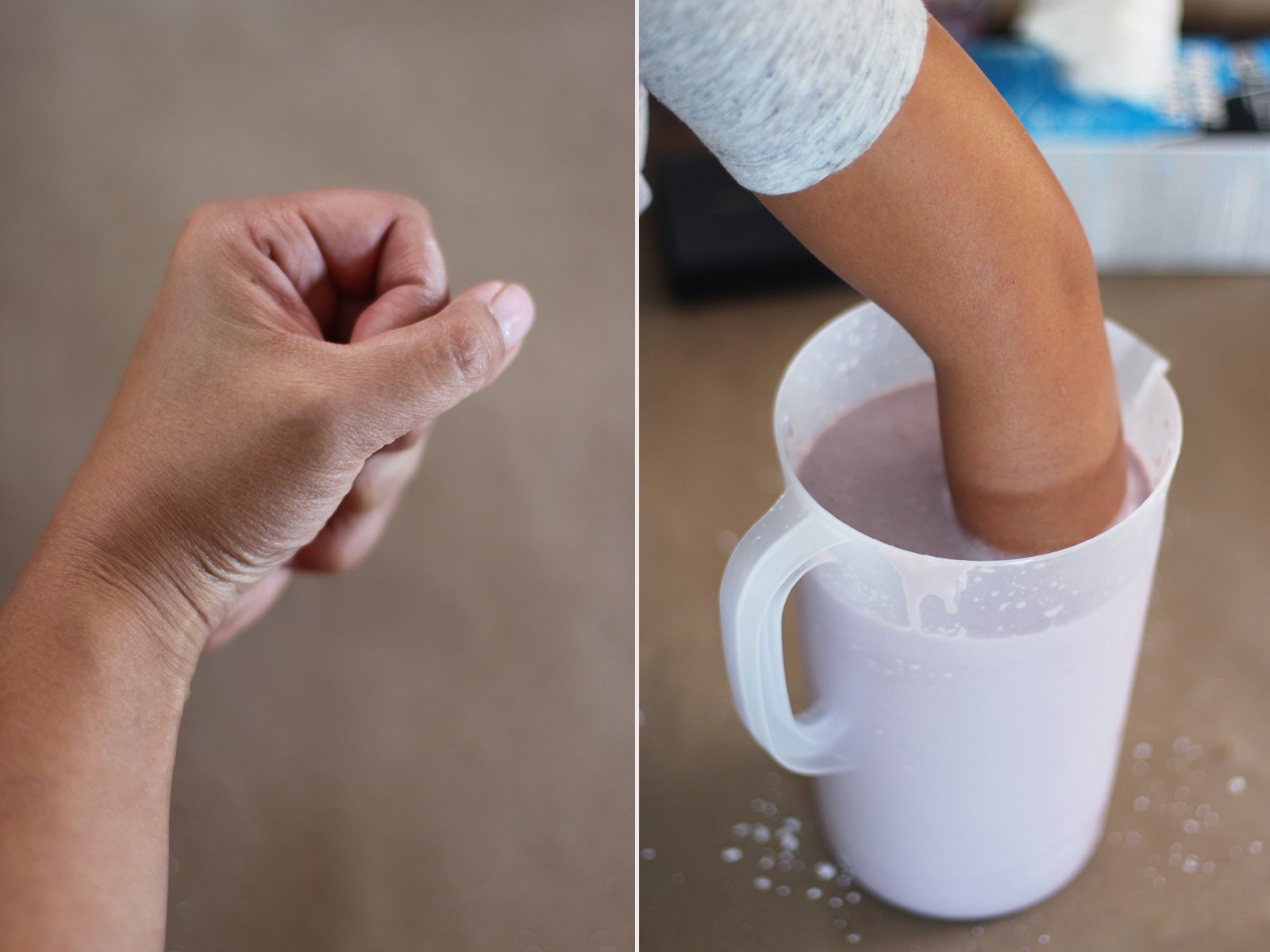
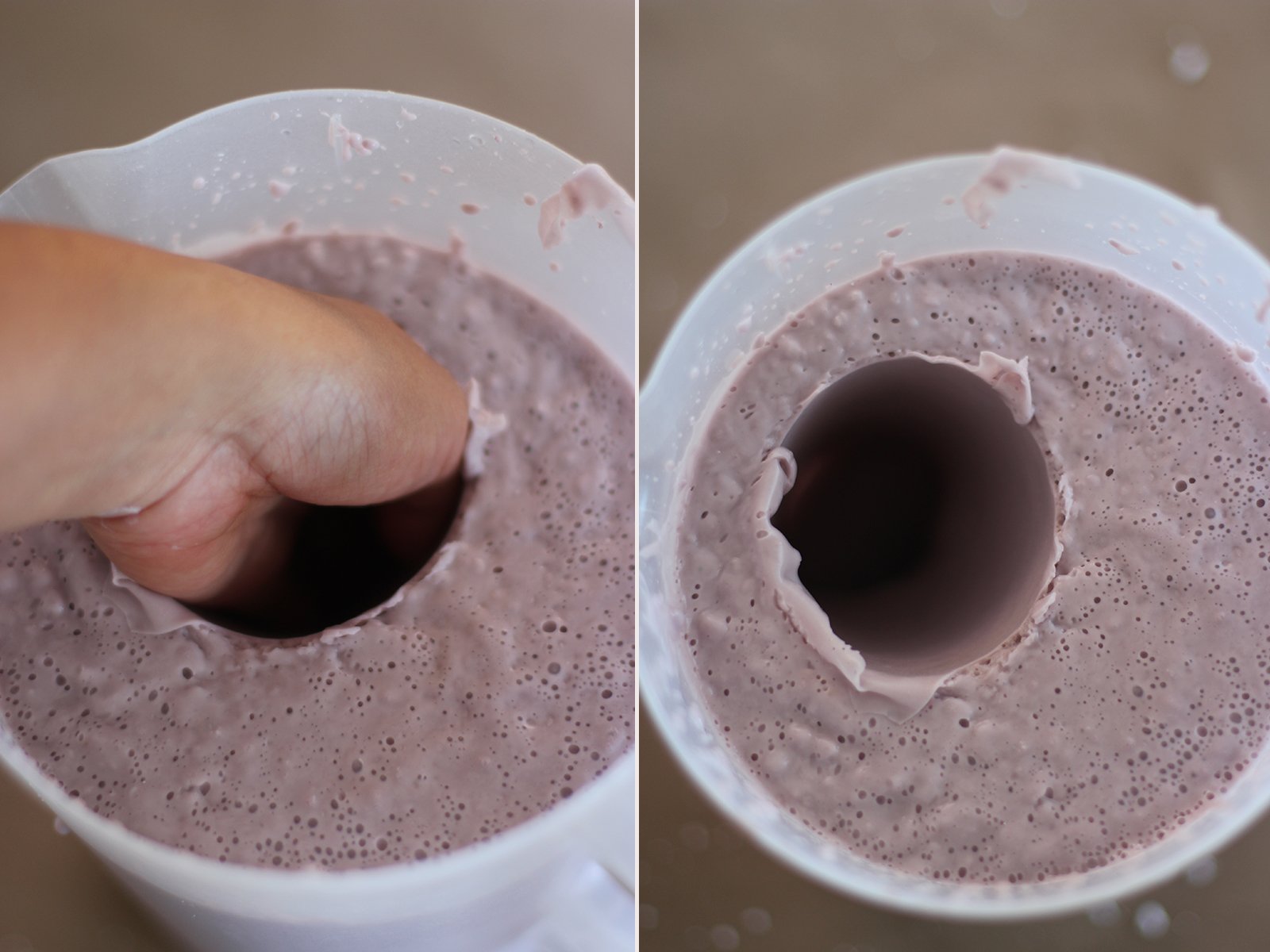
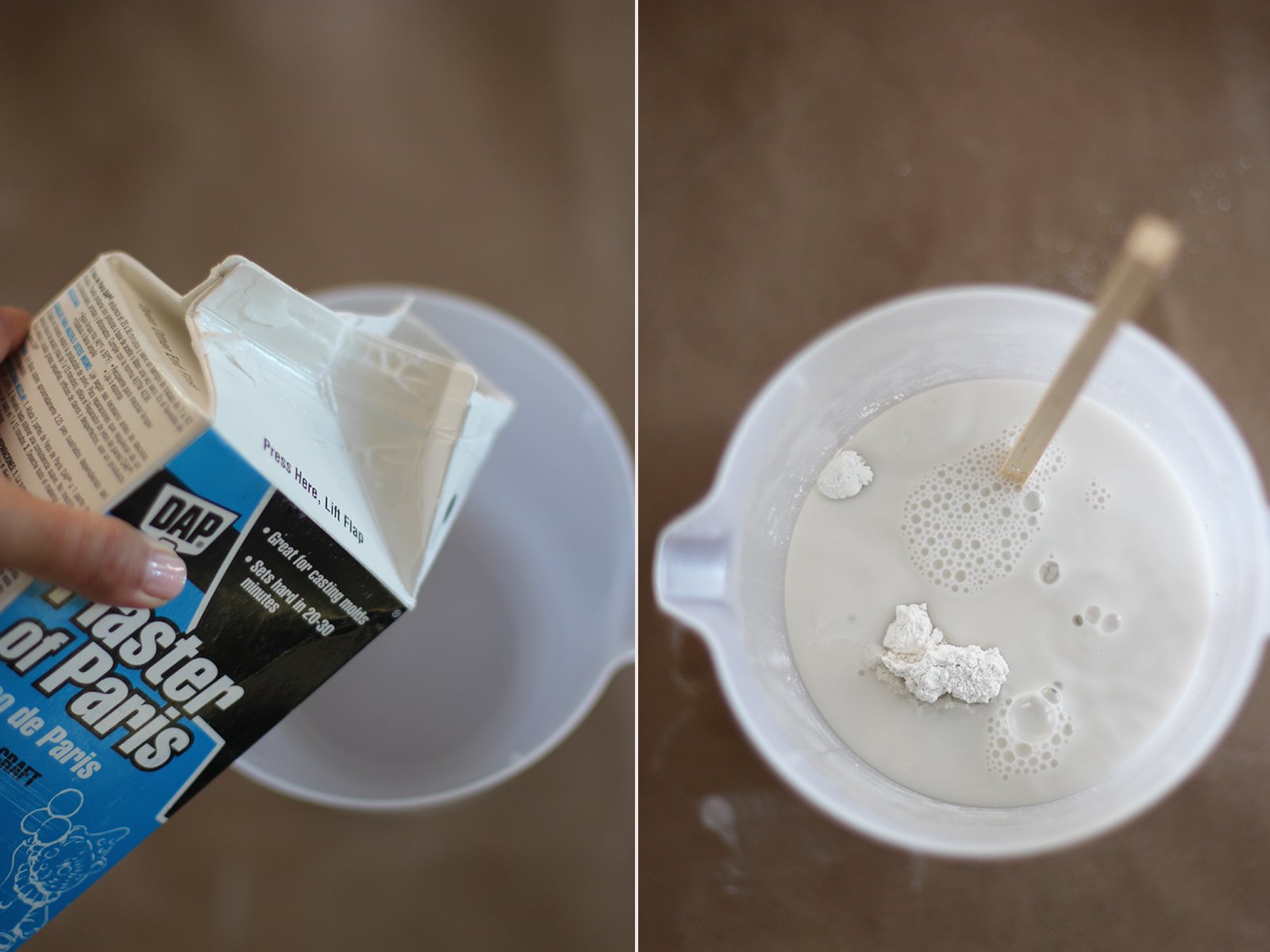
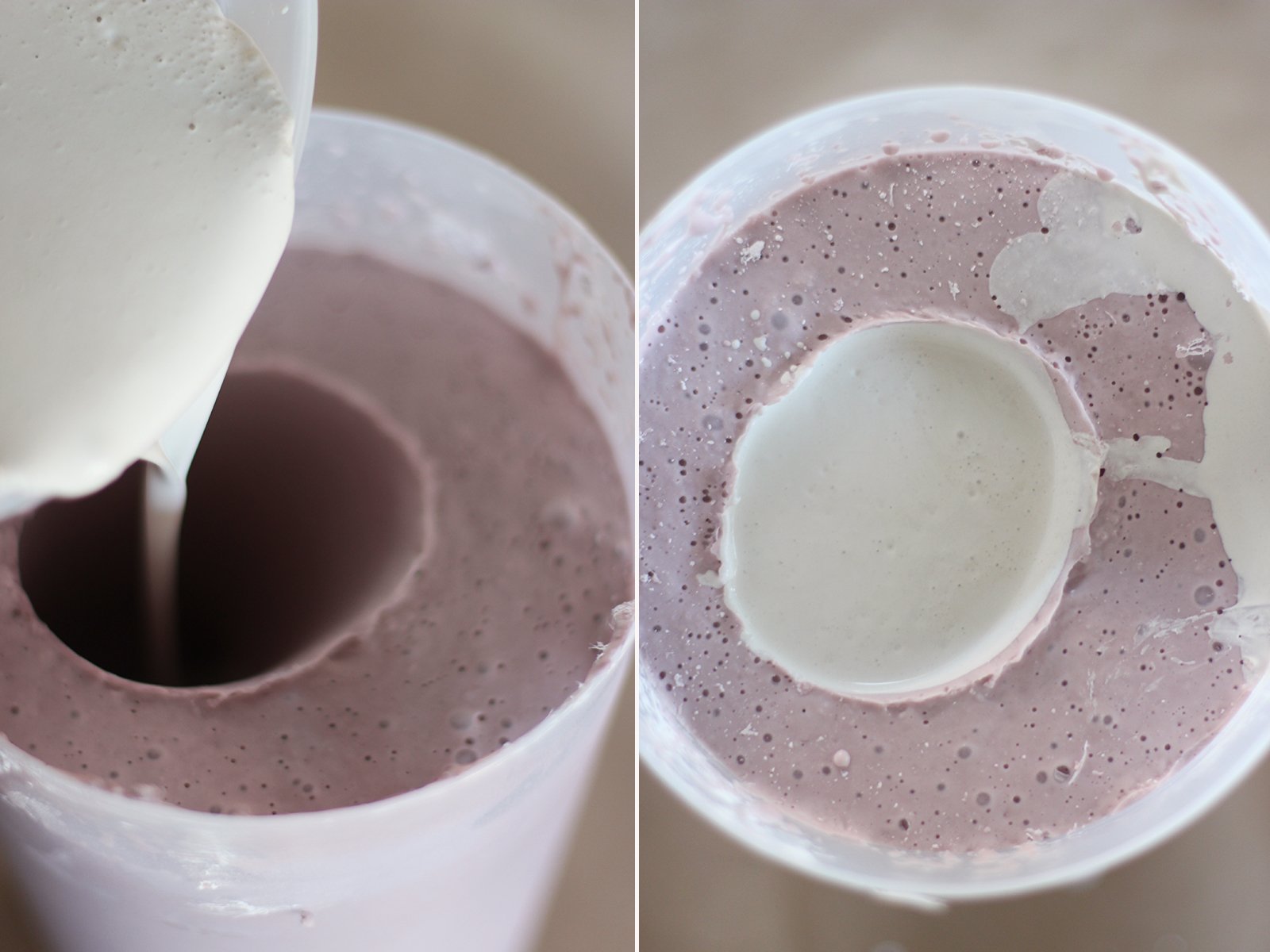
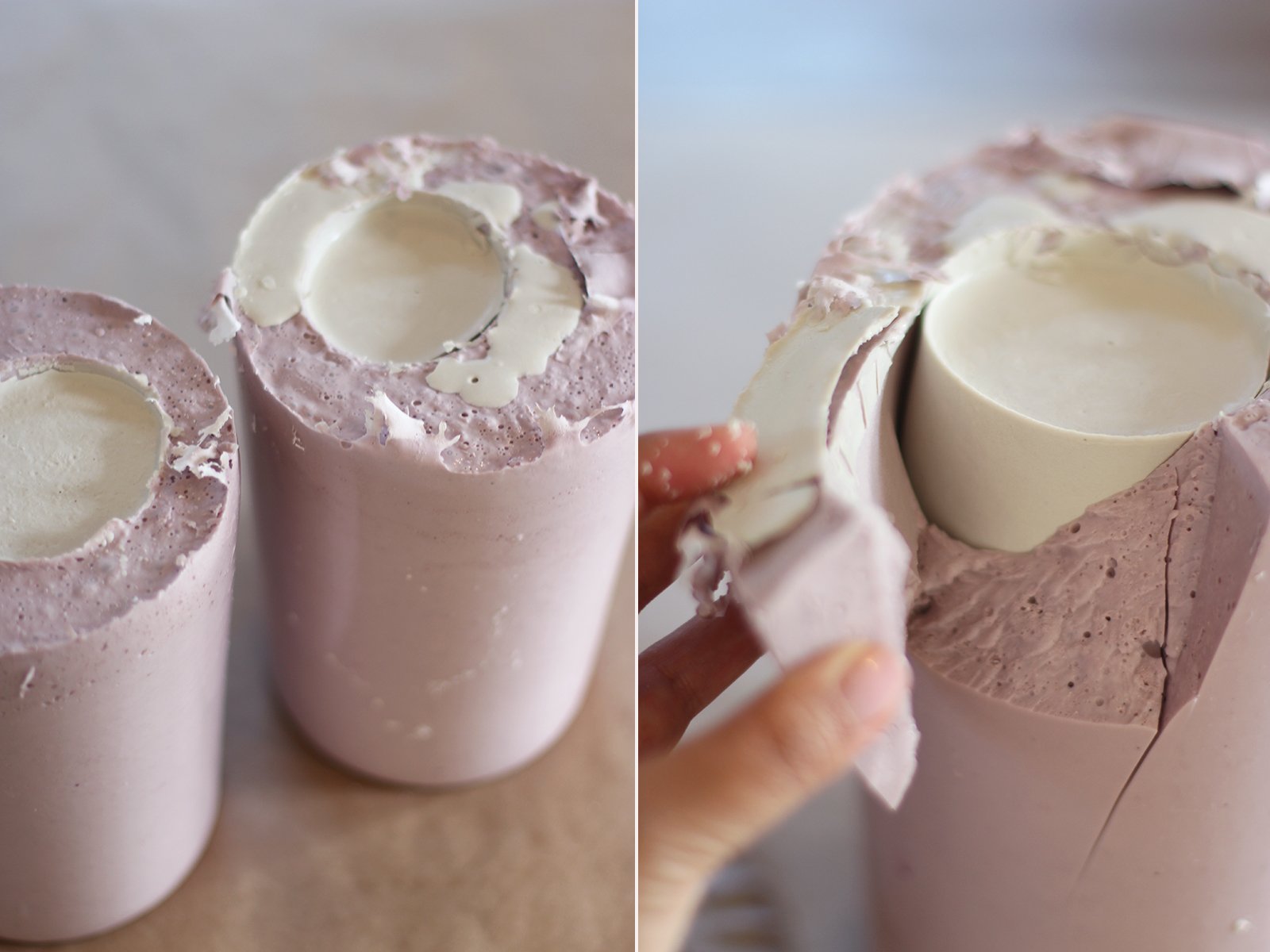
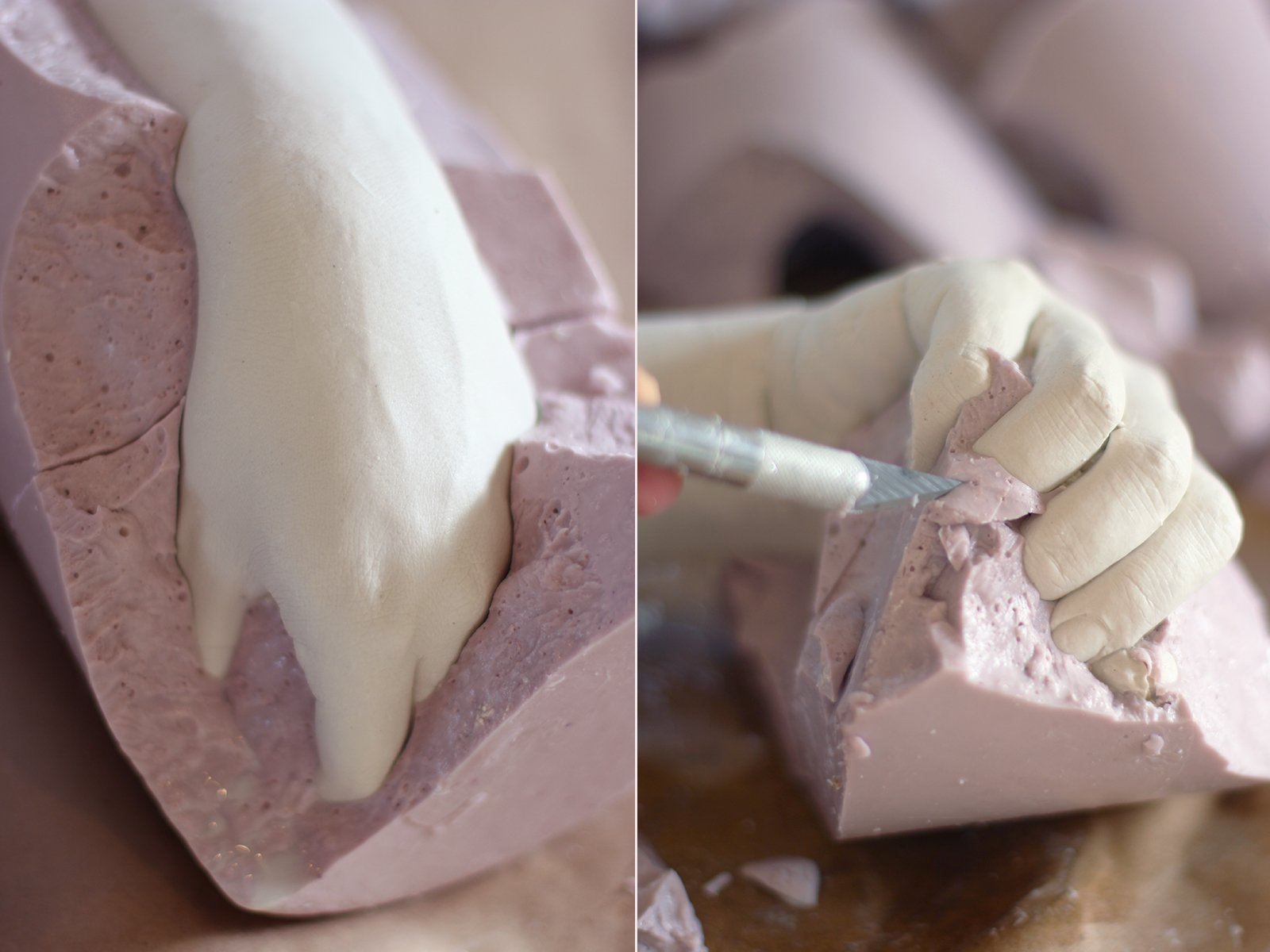
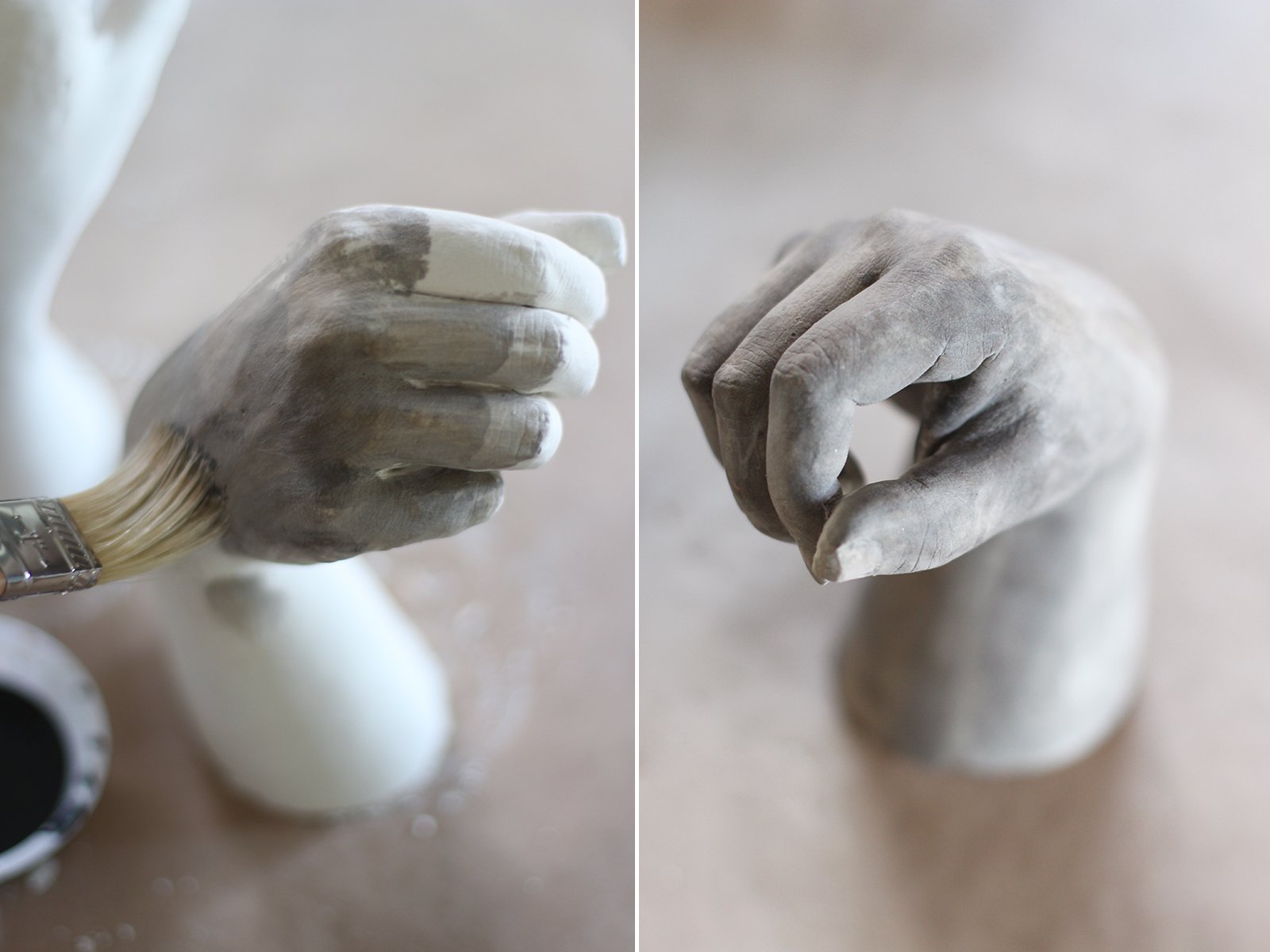


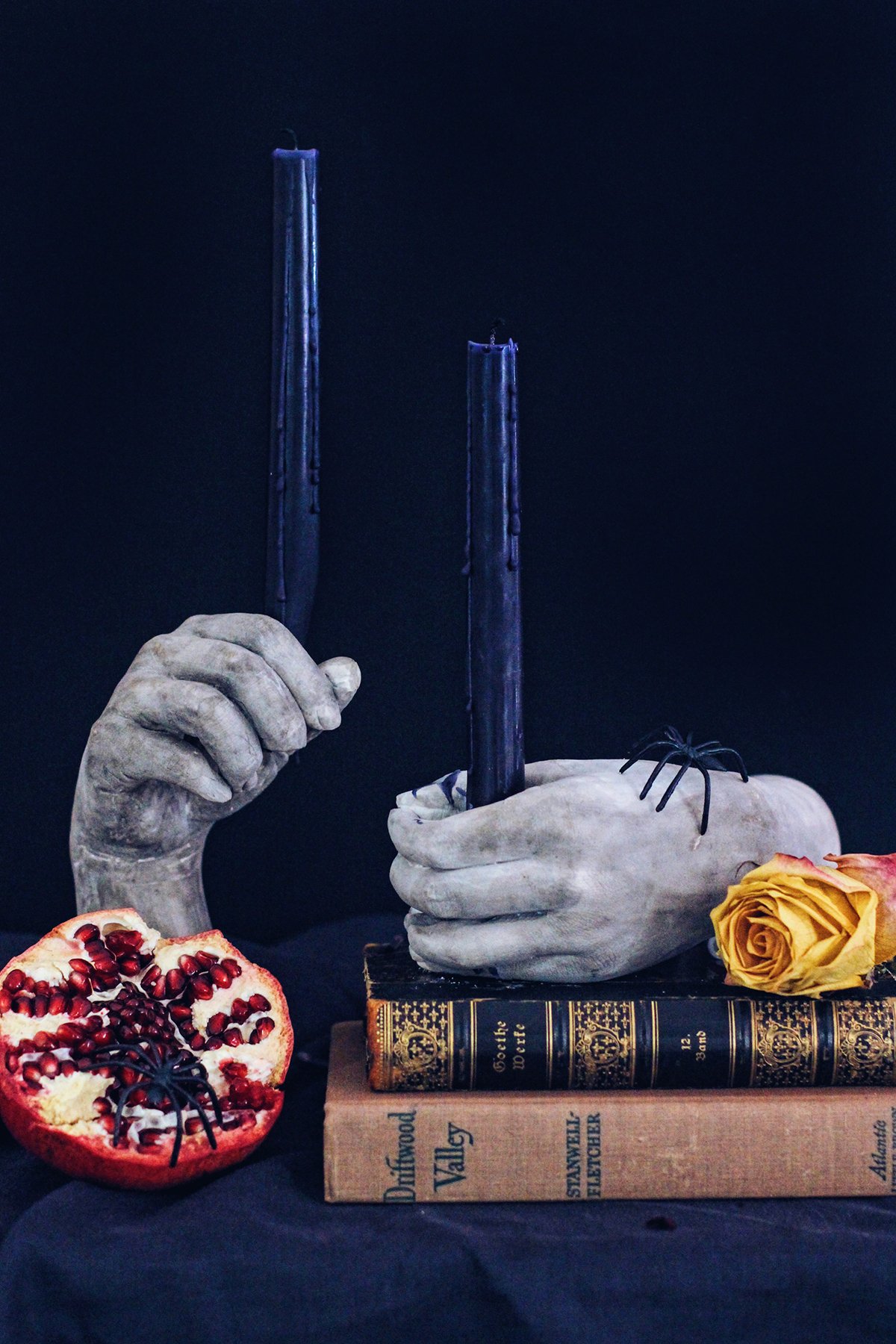
Wonderful! Thank you very much.
This is fabulous! Thank you for sharing it!
Third try and still didn’t make it… the fingers gave me a hard time 🙁
It reminds me some of my work when i was in art school ! Creepy and beautiful at the same time. LOVE it.
I really want to make one, but what container would i use to make a shape with my hand holding the guitar by the neck ?
So freaky, so cool!
This is great, thanks for sharing! Question: How man cast hands does the materials shown here make?
@Deb because I made the castings halfway up my arm, I was able to get 2 castings using the gallon pitchers to hold my molds. You can use a smaller mold container like a 2.5 quart bucket and get more, but smaller, castings.
THIS IS BRILLIANT ! Thank you so much
This is a really really cool idea!